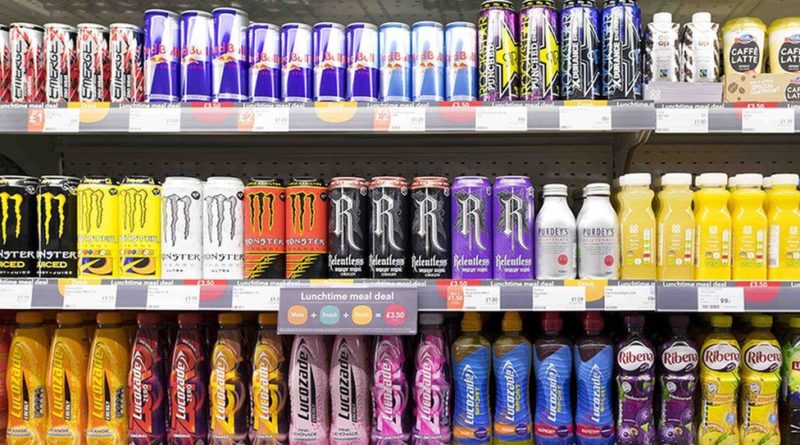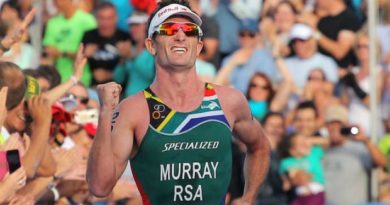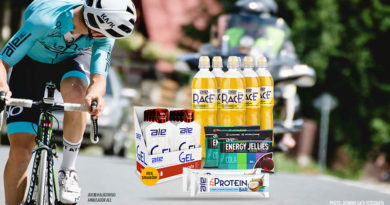Energy Drinks – stimulate or a ‘load of bull’?
Most ‘weekend warriors’ and those ‘seeking an edge in an endurance event’ have swigged on a brand-named energy drink. And why not, they give you boost when you’re feeling fatigued even if these sugar-packed energy drinks aren’t likely to get any dietitian’s seal of approval.
The consumption of energy drinks is on the increase, its big business. We get through over 679 million litres of the stuff every year even though the number of inactive adults in England rose by 1.2m during the first eight months of Covid-19 restrictions. According to a report by Sport England’s Active lives 12 million adults took part in less than 30 minutes of exercise a week.
Of course, we must take into account today’s world has never been as busy and chaotic as it is today. It can be exhausting scrambling for the quirkiest new trend and the most likes, loves and smiley face on our Facebook and Twitter accounts. Life behind a keyboard in the new order of e-sports is also a draining task, as we watch an avatar of ourselves race around a virtual reality track. No wonder we have created energy drinks to keep us going.

The main psychoactive ingredient in energy drinks is caffeine, typically the same amount as a large cup of cappuccino without the dubious ingredients plus the cappuccino does not declare war on your taste buds. The ingredients of energy drinks vary a great deal from one brand to another, but many of them contain dubious substances, such as caffeine, taurine, sugars, sweeteners etc.
Not many energy drinks rely on the flavour or taste of the product to sell it. The overarching trend in the energy drink sector is to focus on energy boosting qualities. This is what separates energy drink from soft drink marketing significantly.
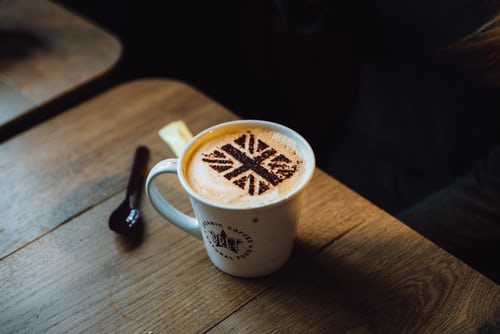
If you are a fan of energy drinks how much is it costing you?
Well, it’s not cheap. As their popularity and market increase so do the prices. The average price of a brand-named energy drink is approx. £1.20. Two cans of brand-named energy drink a day would set you back £873 per annum.
Which is a lot when you consider you could make your own for virtually free!
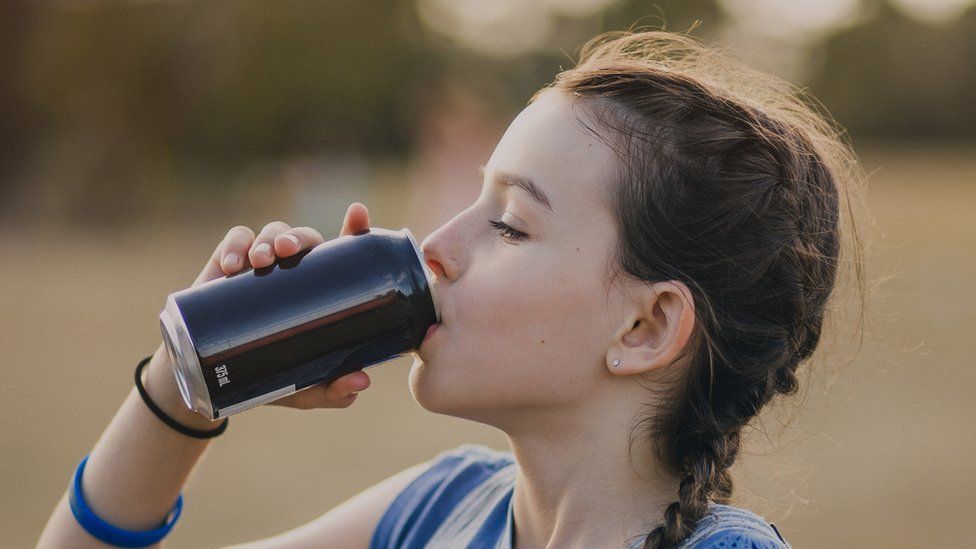
Now here’s the Kicker!
If you look on a bottle/can of one of these drinks you’ll see an ingredients list that looks very long and complex. But they actually only contain 3 key components: water to hydrate you, sugar for energy, and salt to replace electrolytes lost when you sweat.
So, it’s not rocket science to make your own energy drink. All you need to do is mix:
500ml of water
30g of sugar (6 teaspoons)
0.65r of salt
Add the flavouring of your choice (infuse fresh citrus juice for vitamins) and Hey Presto!
It really is as simple as that.
But what about the caffeine stimulant?
Why not infuse some green tea that contains safe amounts of caffeine into your drink. Whilst green tea gives you a smaller caffeine boost, it will create a gentler and steadier source of stimulation to aid your concentration.
This article is not to cast assertions on whether energy drinks, associated with sports and an active lifestyle, are good or bad for you, but rather to inform there is more than one way to peel an orange.


